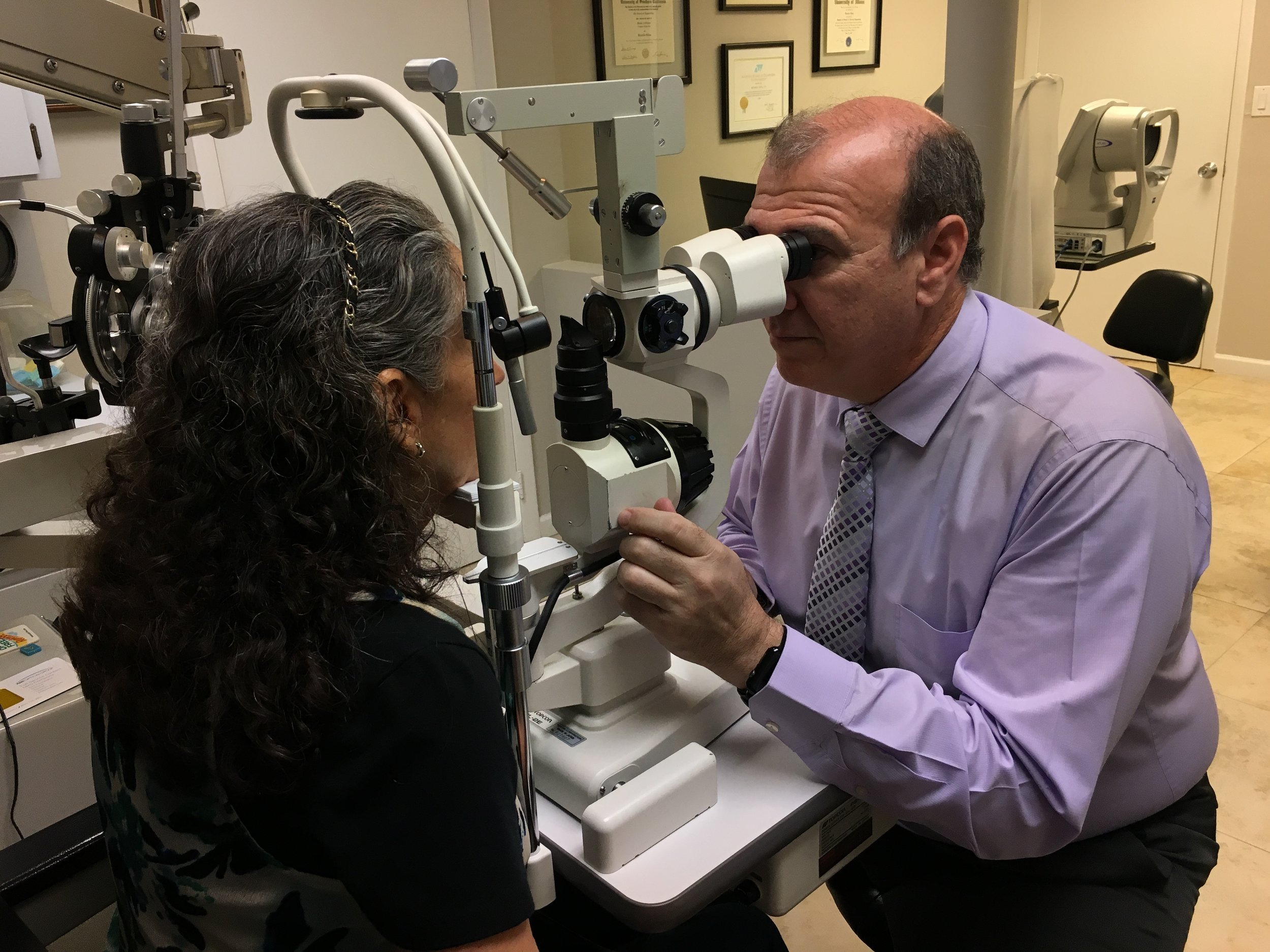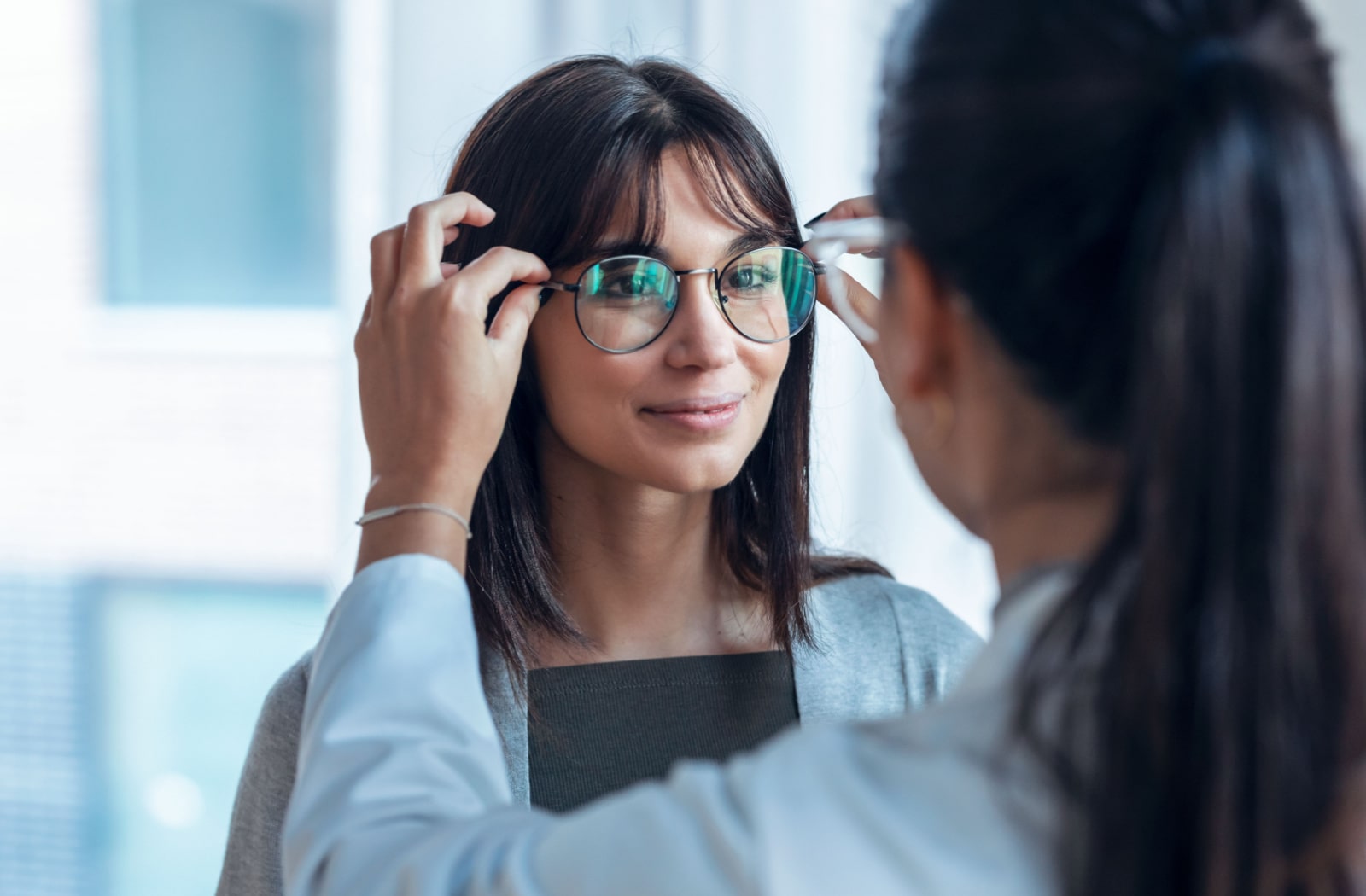Check Out the Best Optometrist Chino for Comprehensive Eye Care
Check Out the Best Optometrist Chino for Comprehensive Eye Care
Blog Article
Discovering the current Technological Improvements in Optometry and What They Mean for Eye Doctors
From the accuracy of Optical Comprehensibility Tomography to the nuanced understandings supplied by AI-driven analysis devices, these technologies are establishing new criteria in patient assessment and therapy. As these developments penetrate the technique, eye doctors are faced with the challenge of accepting these tools to improve individual outcomes.
Advancements in Diagnostic Equipment
Advancing the area of optometry, innovations in diagnostic devices have transformed the way eye treatment specialists analyze and identify visual disabilities and eye conditions. The past decade has actually observed considerable technological innovations, making it possible for even more thorough and exact examinations.
An additional secret development is the introduction of sophisticated corneal topography systems, which map the surface curvature of the cornea with precision. These devices are specifically useful for suitable contact lenses and diagnosing corneal conditions. Additionally, digital retinal imaging has transformed traditional ophthalmoscopy, providing thorough, breathtaking sights of the retina that assist in comprehensive visual exams.
The growth of wavefront aberrometry has actually also been critical, making it possible for the evaluation of refractive errors with unequaled accuracy (Optometrist Chino). This technology helps in tailoring restorative lenses and improving surgical end results for refractive surgical procedures. Collectively, these analysis developments empower optometrists to deliver remarkable individual treatment, making sure very early treatment and customized therapy strategies, inevitably boosting aesthetic wellness results
AI in Person Monitoring
Structure on the foundation of innovative diagnostic tools, the incorporation of expert system (AI) in patient monitoring stands for a transformative jump for optometry. AI systems are significantly used to boost performance, precision, and personalization in person treatment. By analyzing substantial quantities of data, AI can identify patterns and anticipate possible eye problems, enabling optometrists to tailor treatments a lot more properly. This capacity is critical in handling chronic eye diseases such as glaucoma and diabetic retinopathy, where very early detection and continual monitoring are vital.
Moreover, AI-driven systems assist in structured patient interactions and administrative procedures. Automated scheduling, virtual appointments, and individualized follow-up strategies not just enhance person fulfillment but likewise maximize time management for experts. These systems can triage individuals based on the urgency of their problems, guaranteeing that those in essential demand receive punctual interest.
Additionally, AI boosts decision-making by giving eye doctors with evidence-based recommendations and treatment paths. By incorporating information from electronic wellness documents, AI devices provide insights that notify scientific choices, decreasing the threat of errors and enhancing client results. As AI continues to advance, its role in person monitoring will likely expand, reshaping the landscape of optometric care.
Advances in Retinal Imaging
In the world of optometry, retinal imaging has actually seen amazing technological innovations that are boosting diagnostic abilities and client treatment. Developments such as Optical Comprehensibility Tomography (OCT) and fundus photography have changed just how optometrists imagine and examine the retina.
Improved imaging methods like OCT angiography are additional refining diagnostic precision. This non-invasive method maps blood circulation in the retina, supplying critical insights right into vascular wellness without the requirement for color shots. Furthermore, flexible optics innovation is being integrated right into retinal imaging systems to deal with ocular aberrations, providing extraordinary picture quality. Such innovations facilitate the identification of minute retinal adjustments that could represent illness development.
Moreover, improvements in synthetic knowledge are boosting retinal imaging by enabling automatic evaluation of huge datasets. These systems aid eye doctors in determining patterns a measure of pathology, therefore boosting diagnostic accuracy and effectiveness. Collectively, these innovations are changing retinal imaging into a cornerstone of modern-day eye care, enhancing end results and broadening healing view it now possibilities.
Teleoptometry's Expanding Role
Teleoptometry is progressively coming to be an essential component of eye treatment, driven by improvements in digital interaction and diagnostic tools. This is particularly helpful in underserved and rural locations where accessibility to specialized eye care is commonly limited.
The combination of artificial intelligence (AI) additional enhances teleoptometry, making it possible for the analysis of aesthetic data and aiding in More about the author the detection of ocular conditions such as glaucoma and diabetic retinopathy. AI-powered algorithms can swiftly analyze complicated imaging data, offering eye doctors with beneficial understandings that reinforce professional decision-making.
Additionally, teleoptometry sustains connection of treatment with seamless integration with electronic health documents (EHRs), permitting optometrists to maintain comprehensive person backgrounds. This makes certain that individuals receive constant and individualized care even when talking to different experts.
In spite of these benefits, difficulties remain, consisting of making sure information safety and security and handling patient expectations. However, teleoptometry represents a considerable stride in the direction of more available, efficient, and patient-centered eye care. As innovation evolves, its role is positioned to expand even more.

Future Trends in Eye Care
A myriad of cutting-edge patterns is set to reshape the future of eye treatment, driven by technological developments and the developing needs of individuals. One significant trend is the integration of expert system (AI) in diagnostics, which guarantees to enhance the accuracy and efficiency of eye evaluations. AI formulas can evaluate vast quantities of data from retinal pictures, possibly finding conditions like diabetic retinopathy and glaucoma earlier than traditional approaches.
Furthermore, customized medication is obtaining traction in optometry, with hereditary testing educating customized treatment plans. This technique aims to optimize client results by tailoring interventions to private genetic profiles. Wearable technology, such as clever call lenses, is likewise imminent, using real-time monitoring of intraocular pressure or glucose levels, thus offering continuous insights into systemic and eye health and wellness.
The adoption of enhanced fact (AR) and virtual truth (VR) in training and patient education is another emerging trend. These technologies provide immersive experiences that can improve understanding and abilities both for optometrists and people. As these fads develop, eye doctors must remain abreast of technological improvements to supply advanced treatment, making certain better client end results and fulfillment in the dynamic landscape of eye treatment.
Conclusion

Jointly, these analysis innovations empower eye doctors to provide exceptional person care, guaranteeing early intervention and tailored treatment methods, ultimately boosting visual health and wellness outcomes.

As these technologies continue to advance, eye doctors need to adapt and include them into practice, eventually optimizing process performance and boosting the requirement of eye care supplied to clients.
Report this page